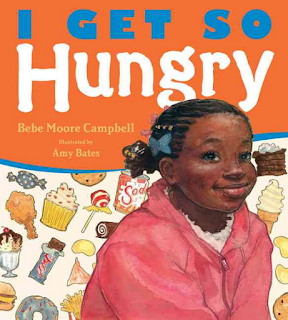I got to experiment with paper circuits with my later
elementary school and middle school campers this week, and I have to
say, I am a huge fan! Charleston Library Society bought Chibitronics, which is a highly
reputable brand, and I’ve seen them on a few maker pages. These can be
purchased from Amazon or at
chibitronics.com.


A
paper circuit is an electronic circuit built on a paper surface,
consisting of an LED sticker connected with copper tape and a watch
battery and combines knowledge of electricity and polarity with some
mental and physical dexterity. These are a fun and small maker project
that won’t take a ton of storage, require only maybe 30-45 minutes to
complete (depending on your project), and don't need a lot of extra
equipment.
The Charleston County Main Branch has made Christmas
cards with light up stars. I’ve seen schools use them to light paper
mache letters to hang on the wall. Other uses include light-up origami,
fine art like a glowing version of Van Gogh’s Starry Night, and in my
case, poetry.
In
our camp, we made lighted poems, either original works or poems chosen
from our juvenile book collection. Some of the kids chose Shel
Silverstein poems, some picked Kwame Alexander, even a Walter de la
Mare. A few kids wrote their own poems, which was wonderful but did make
for a much longer process for them. Each got three lights in yellow,
blue and pink, two pieces of cardstock, a sharpie and stamps, and they
could design what they liked. I had a variety of lino block “stamps,”
such as light bulbs, snowflakes, trees, acorns, leaves, and such, or the
kids could use sharpies, paints or gel pens.

As
an example, here is a picture of my "City" poem, by Langston Hughes,
with lino block streetscape prints and three lit circuits. It helped the
campers to see how one was made, and truthfully, I like to test out
projects before I teach them, especially with new technology.
Under your art piece, the copper tape is aligned with the Chibi lights, which I placed under my stars and windows. Each sticker
has a tiny Y, P or B to indicate color, and an even tinier + or – to
match to your tape and battery. A small piece of paper folded and glued
was marked with + or – too, to avoid confusion. When the battery is
placed, you simply fold the paper shut over the battery, and voila! Let
there be light! Outside vendors on Chibitronics and Amazon offer sticky
tabs for this, or even "push me" stickers.
Chibitrobics
makes a tidy starter package for $30 that comes with templates, 16-feet
of copper wire, 12 sticker lights and two batteries. However, for that
same price, you can buy 30 stickers, and then buy a 55 yards of ¼ inch
copper tape from the hardware store for $12, and ten CR2032 batteries
for $10. There are plenty of tutorials online, so the templates are not
really necessary. Chibitronics offers classroom packs of 90 circuit
stickers for $110.
Chibitronics also offers a Love to Code (LTC)
system for $30 that uses a Chibi Chip to make the LED stickers blink and
fade. Students can add interactivity to greetings cards and classroom
projects by connecting switches and sensors to the Chibi Chip using
Microsoft’s MakeCode Editor, or by writing Arduino-style computer code
using Chibitronics’ LTC Editor.
Here is a video example of what this looks like with a tree of origami flowers.
Here is a really
simple slide show on how paper circuits work by a wonderful maker librarian in Texas, Michelle Cooper. I’ve taken a webinar of hers, and she is full of great ideas. I
like how paper circuits would be easy and relatively inexpensive
compared to larger robotics or 3D printing projects for a smaller maker
space, a maker station or a classroom project. It's a pretty versatile
little tool with valid science concepts that aren't too complicated for
multiple age groups. It would be great for art, science, math, and
language arts, or just for fun around the holidays. Sure, there are
maker projects that offer more in depth and collaborative learning, but
this is a super cool product that gets kids really fired up and
creative.

/cdn.vox-cdn.com/uploads/chorus_asset/file/10638431/ramona_quimby_age_8.0.jpg)





















